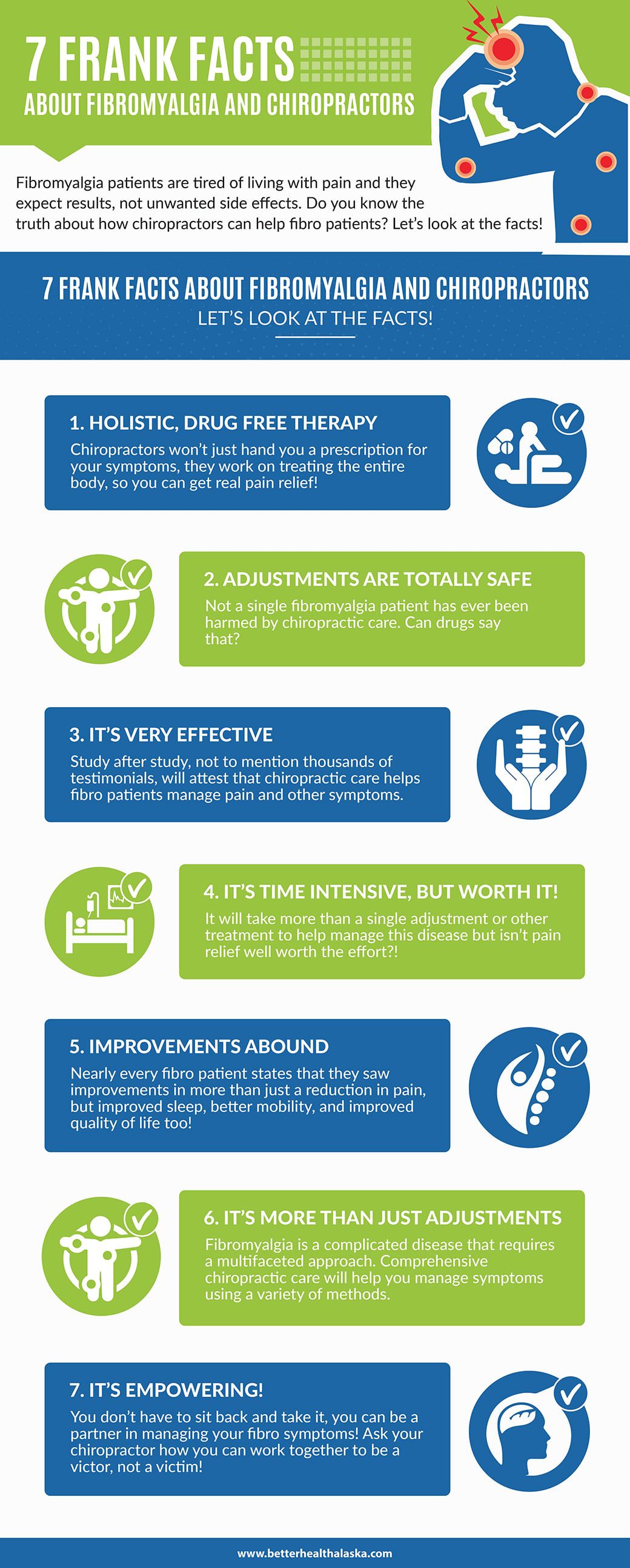You may have become aware of cold laser therapy as an encouraging treatment option for numerous problems, but have you ever wondered how it in fact works on a cellular degree? Recognizing the mechanisms behind this treatment can clarify its efficiency in advertising healing and reducing swelling. By exploring the scientific research behind cold laser therapy, you'll get insights into the fascinating methods which light can affect cellular procedures and assist in tissue repair work.
How Cold Laser Therapy Works
To understand exactly how cold laser therapy works, you need to understand the fundamental concepts of just how light power communicates with biological tissues. Cold laser therapy, additionally referred to as low-level laser treatment (LLLT), uses specific wavelengths of light to pass through the skin and target hidden cells. Unlike red light therapy near me used in procedures, cold lasers discharge reduced degrees of light that do not produce warm or trigger damages to the cells.
When these gentle light waves reach the cells, they're absorbed by elements called chromophores, such as cytochrome c oxidase in mitochondria. This absorption causes a collection of biological feedbacks, including increased cellular power manufacturing and the release of nitric oxide, which boosts blood flow and lowers inflammation.
Additionally, smoke restoration mount kisco can additionally boost the production of adenosine triphosphate (ATP), the power money of cells, helping in mobile repair work and regrowth processes.
Essentially, cold laser treatment utilizes the power of light energy to promote recovery and ease pain in a non-invasive and gentle fashion.
Mechanisms of Action
Just how does cold laser treatment actually work to create its healing impacts on organic tissues?
Cold laser therapy, also referred to as low-level laser therapy (LLLT), runs via a procedure referred to as photobiomodulation. When the cold laser is put on the skin, the light energy permeates the tissues and is soaked up by chromophores within the cells.
These chromophores, such as cytochrome c oxidase in the mitochondria, are after that stimulated by the light energy, resulting in a waterfall of organic responses. One key system of action is the enhancement of cellular metabolism.
The absorbed light power increases ATP production in the mitochondria, which is important for mobile function and repair service. In addition, cold laser therapy aids to decrease swelling by inhibiting inflammatory arbitrators and advertising the launch of anti-inflammatory cytokines.
This anti-inflammatory impact contributes to discomfort alleviation and cells recovery.
Restorative Impacts
Comprehending the therapeutic results of cold laser treatment involves recognizing just how the improved cellular metabolic process and anti-inflammatory residential or commercial properties add to its positive end results on biological tissues.
When the cold laser is put on the afflicted location, it stimulates the mitochondria within the cells, resulting in enhanced manufacturing of adenosine triphosphate (ATP), which is critical for cellular feature and fixing. This increase in mobile power increases the recovery process by promoting tissue regrowth and reducing inflammation.
Furthermore, the anti-inflammatory residential or commercial properties of cold laser therapy aid to lower discomfort and swelling in the targeted area. By hindering inflammatory arbitrators and advertising the release of anti-inflammatory cytokines, cold laser therapy aids in easing discomfort and boosting the overall healing response.
This reduction in swelling not only supplies immediate alleviation but likewise sustains long-term tissue repair work.
Final thought
Finally, cold laser treatment functions by stimulating mobile repair work and cells regeneration through photobiomodulation. Its anti-inflammatory properties offer pain alleviation and minimize swelling by inhibiting inflammatory mediators.
This treatment uses an extensive strategy to healing, delivering both immediate alleviation and long-term tissue repair work benefits.
Via its systems of action, cold laser treatment verifies to be an effective and appealing therapy choice for a selection of problems.
